Throughout history, many myths about weather phenomenon have become popular, even if they’re not entirely true. In this article, we will delve into the world of weather myths and debunk common misconceptions that have been passed down through generations.
From the famous saying “red sky at night, sailor’s delight” to believing in full moon affecting tides – we’ll look into science behind these weather myths and separate fact from fiction along with finding out more about what really causes different types of weather occurrences while understanding better how our environment functions.
“Red Sky at Night, Sailor’s Delight”
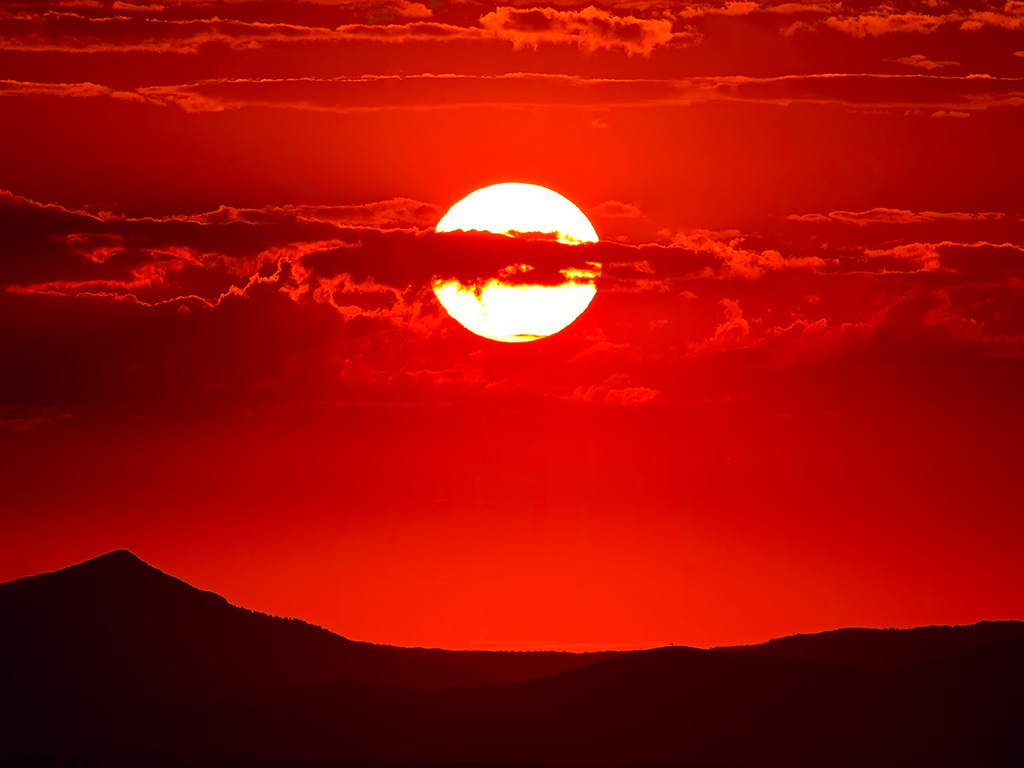
This phrase goes back to Shakespearian times and there is some truth in it! If you notice a red sky during the evening time, it implies that the sun is sending its light through an area with many dust particles. This usually means there’s high pressure and steady air coming from west. To put it simply, this indicates good weather is coming!
“A Ring Around the Moon Means Snow is Coming Soon”
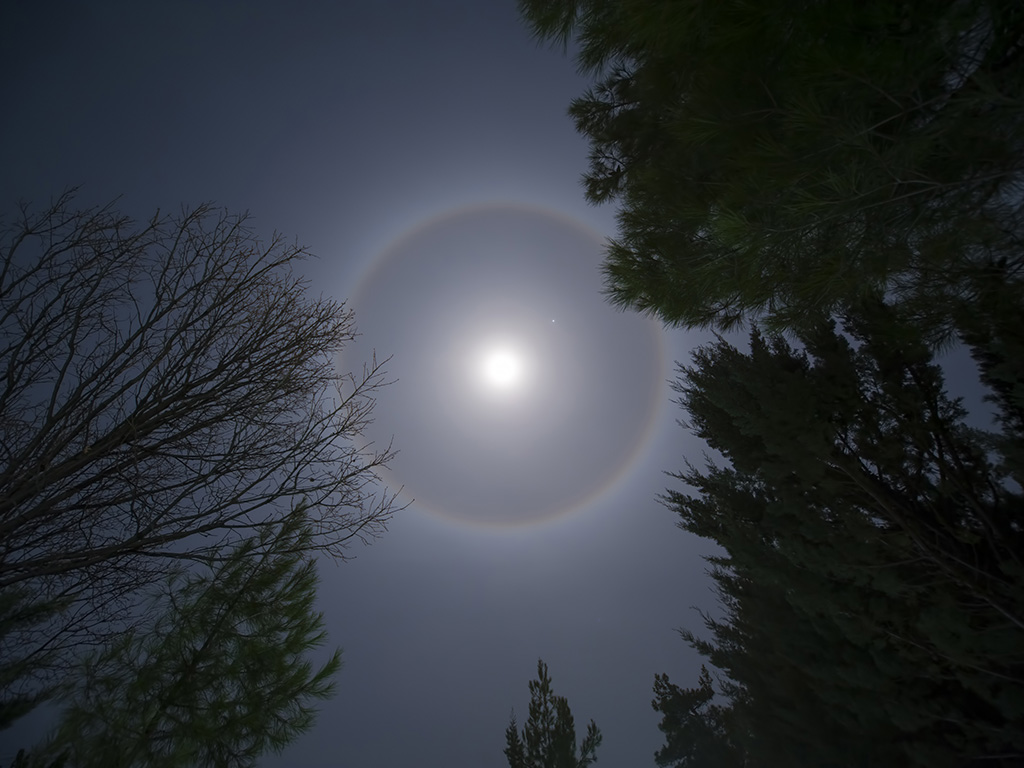
A ring around the sun or moon is seen when high-level cirrus clouds, made of ice crystals, bend the light. Sometimes, cirrus clouds are the first sign of a coming weather system. These thicker clouds could imply that rain or snow is on its way. In the colder time, it might also indicate an upcoming tropical cyclone or a mid-latitude cyclone.
Nevertheless, cirrus clouds can be disconnected from a larger storm system. In some places, people may only observe the upper-level cirrus clouds and potentially miss out on any rain coming from the heart of this weather pattern. So the ring is not always an ideal signal for precipitation.
You Can Tell the Temperature by Counting a Cricket’s Chirps

When it is warm, crickets make their chirping sounds faster and if it’s cold, they do it slower. So when a cricket is chirping at a steady pace: You count the number of times it chirps in fourteen seconds then add 40 to get the correct temperature in degrees Fahrenheit! This is from Dolbear’s Law, penned in 1897 by Amos Dolbear who was an American physicist and inventor.
Opening Windows During a Tornado Will Equalize Pressure

There’s a common myth that opening your home’s windows during a tornado will equalize the pressure between your home and outside to prevent extensive damage. This myth is dangerous and could actually increase the risk to your safety. Tornadoes can cause debris to become projectiles, and opening windows can allow these objects to enter your home.
Chicago is Called the “Windy City” Because It’s Windy There
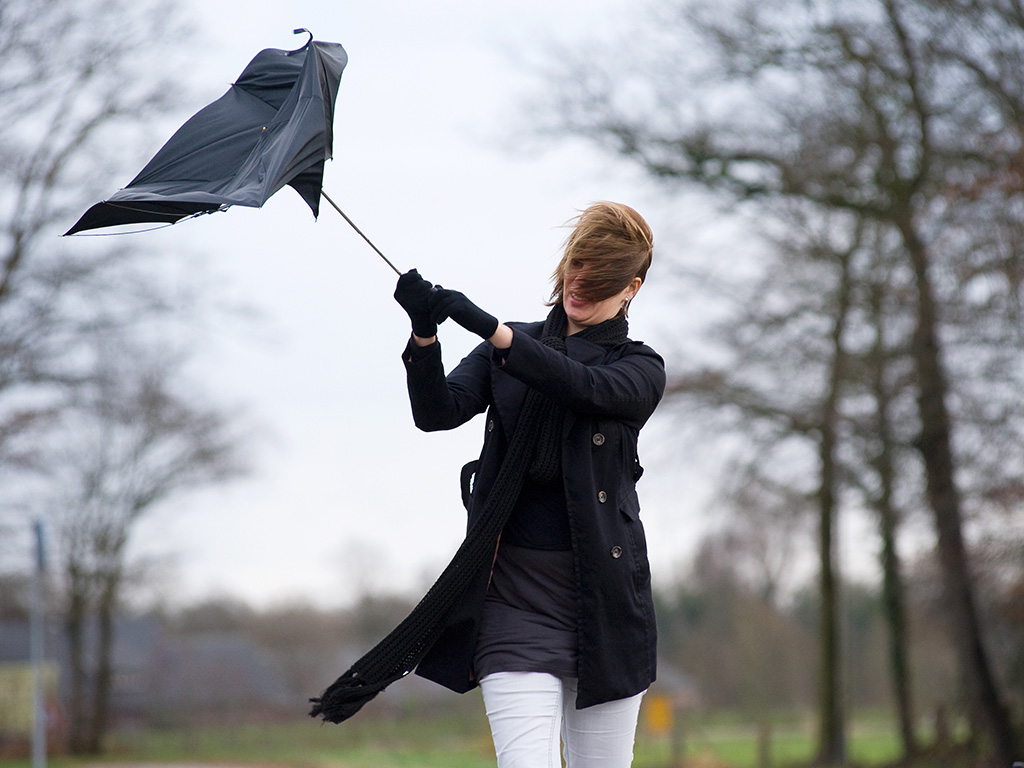
Politicians are to blame for the title of “Windy City.” According to historians, this nickname was born in the late 19th Century due to a competition between Chicago and New York for hosting 1893 World’s Fair. Charles Dana, who served as editor at New York Sun, made an insult towards Chicago’s politicians when he wrote about “nonsensical claims of that windy city”. The windiest city, based on real winds, is Amarillo, Texas with an average wind speed of 13.6 mph.
Lightning Never Strikes the Same Place Twice
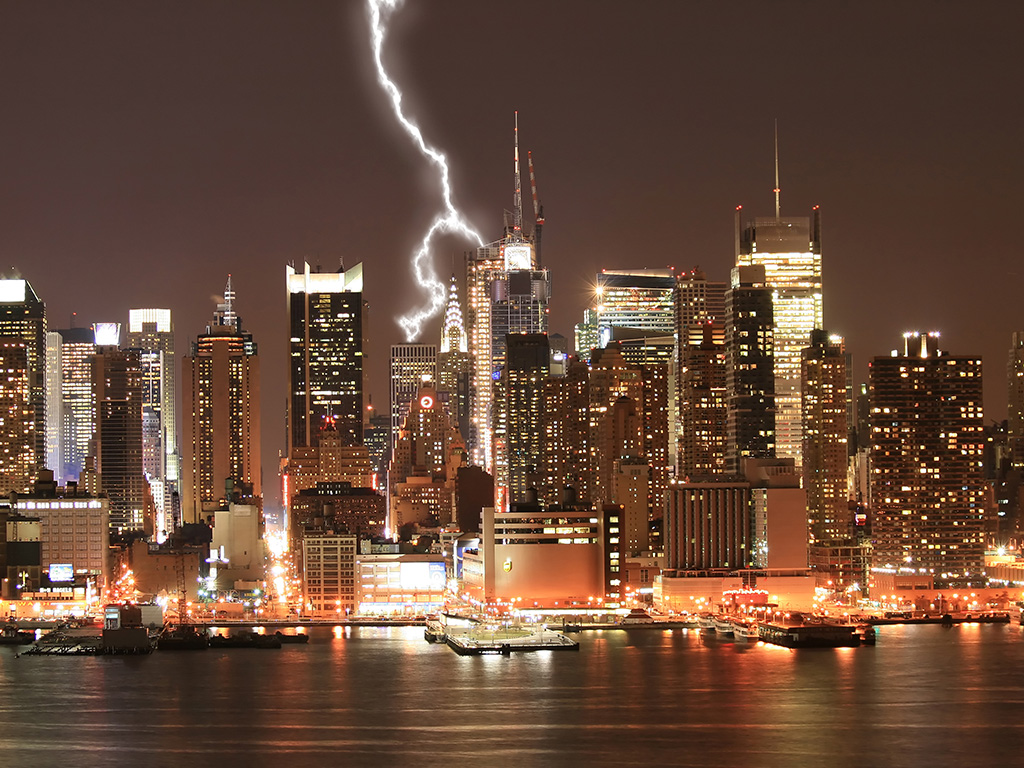
Lightning can and does strike the same place multiple times! Tall structures such as skyscrapers and antennas are often struck repeatedly during a storm. In fact, some structures are more likely to be struck multiple times due to their height and conductivity. The Empire State Building in New York City, for example, is struck by lightning an average of 23 times per year.
Animals Can Predict Earthquakes

While some animals are sensitive to changes in the environment, there is no scientific evidence to support the idea that they can predict earthquakes. Animals may exhibit unusual behavior before a quake, but it is likely due to other factors. There is reason to believe animals can sense rainstorms before they happen due to increases of humidity and a change of air pressure.
Hail Only Happens During Thunderstorms

While hail is most commonly associated with thunderstorms, it can also occur in other types of storms. Hail can fall year-round, but it’s most common in the United States during the spring, between April and May. The area where Nebraska, Colorado and Wyoming meet is referred to as “hail alley” because of the influx of hail there.
Leaves Turn Upside Down Before Rain

It’s not uncommon for leaves to tumble in the wind and fall any way they please. Seeing a bunch of leaves turned over doesn’t mean it’s going to rain. If anything, it might just signal that heavy winds have been in your area!
Kansas Gets The Most Tornadoes of Any State
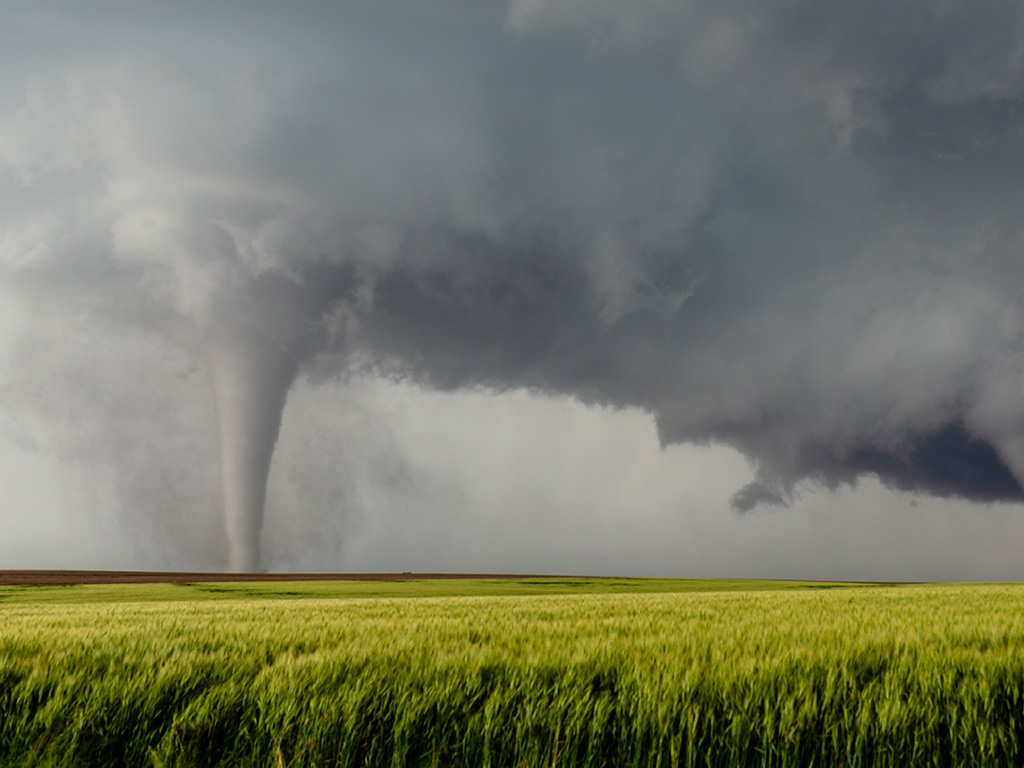
Due to its location in Tornado Alley – and maybe also thanks to “The Wizard of Oz” – Kansas has gained reputation for being the state most frequently hit by tornadoes. When we consider the statistics, Texas actually encounters more tornados each year: 155 compared with 96. Naturally, this is partly due to the fact that Texas covers a much larger area than Kansas does. Texas, Oklahoma and Florida experience more tornadoes for every square mile compared to Kansas.
A Full Moon Can Change the Tides
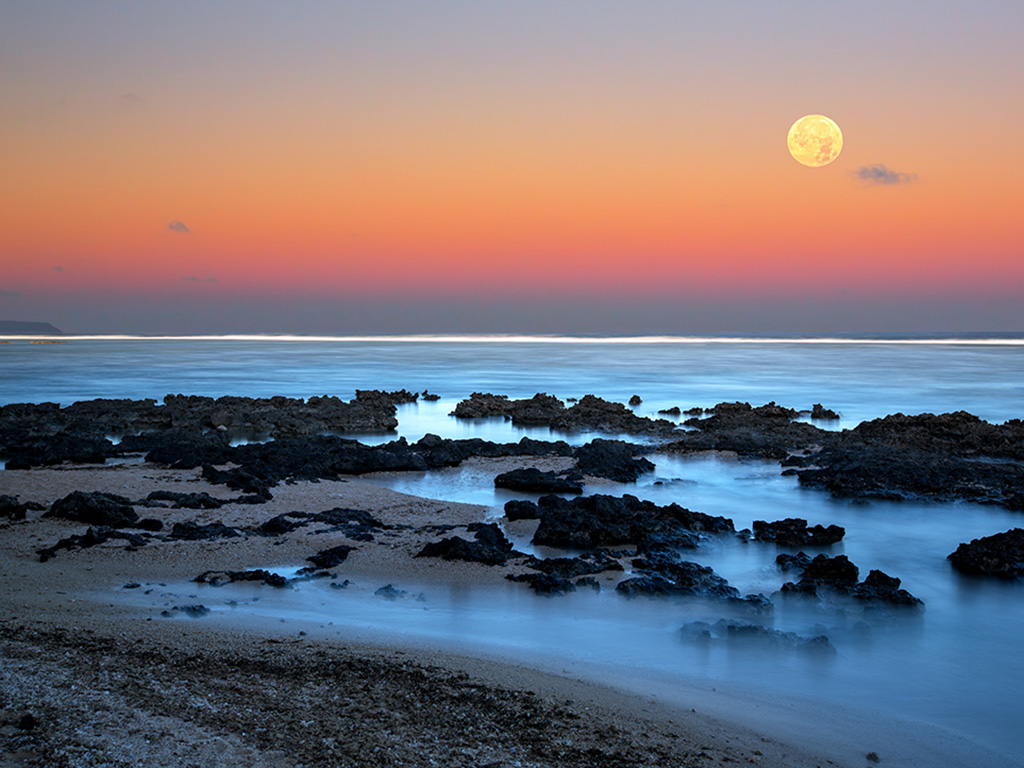
The tides are greatly influenced by the moon’s gravitational pull. When there’s a full moon, the gravitational force of the moon causes higher tides. The gravity of the moon pulls on Earth’s water, creating a bulge that moves towards the moon and creates higher tides.
During full moons, when the Earth, Moon and Sun are in alignment with one another, their combined gravitational forces become much stronger which leads to higher high tides as well as lower low-tide levels or slack waters. This is called “spring tides” and it happens about twice every month, during the full moon and new moon.
Hawaii is Always Sunny

When you imagine Hawaii, you picture clear blue skies and constant sunshine with temperatures around 80 degrees throughout the year. Mostly, it is like this. But Hawaii’s weather also has a hidden face. Kauai’s eastern side is the rainiest place on earth, getting an astonishing 450 inches of rainfall each year.
San Fransisco is Always Foggy
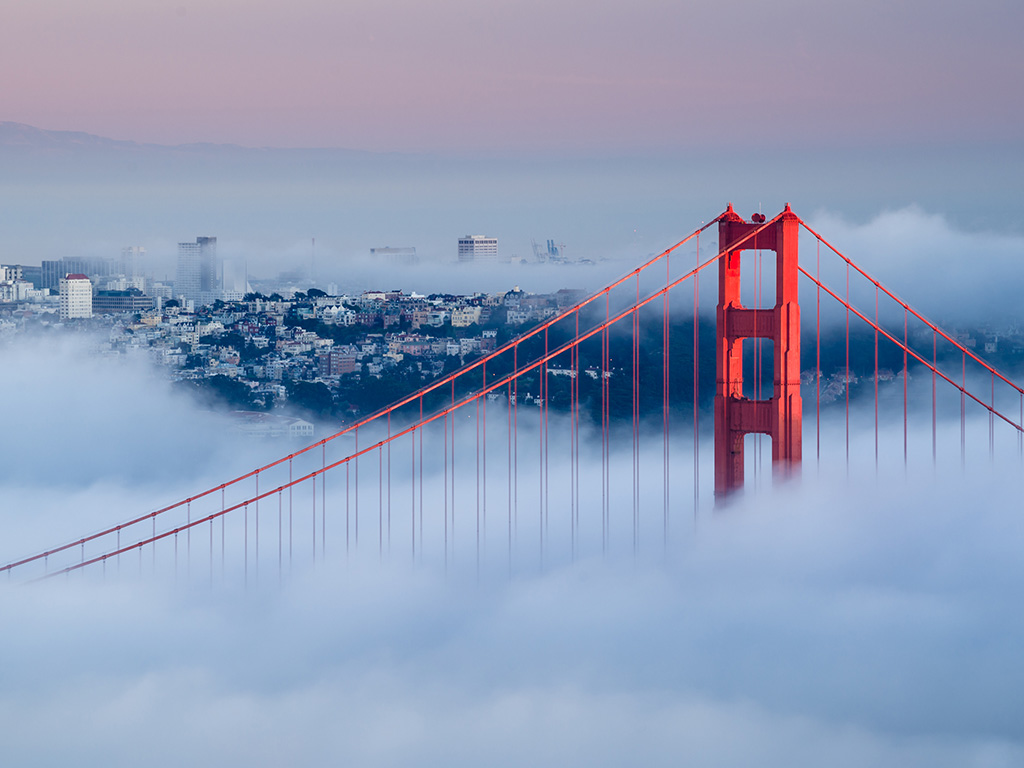
For those like us who are not from San Francisco, it is common to think that the city is always covered in fog. While San Francisco has famous fogs, they usually happen only during summer when cool air from ocean meets with warm air coming from California’s Central Valley.
Alaska is the Coldest State
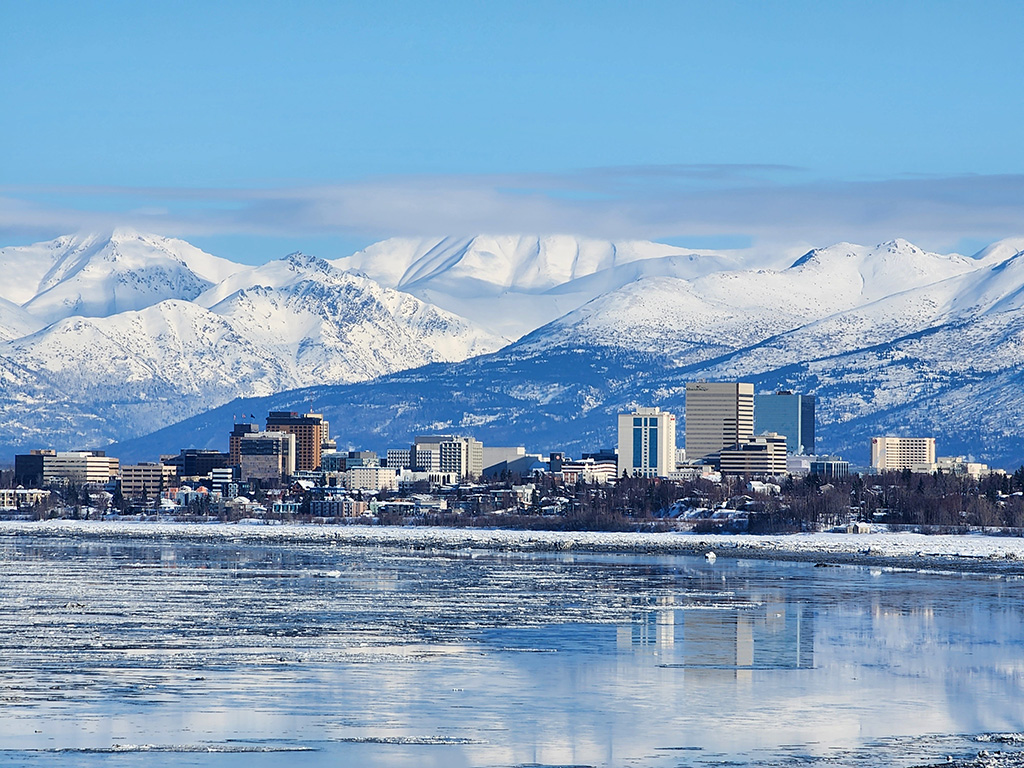
One could assume that Alaska, with its location in the far north, would be the coldest area within United States. But actually, this honor goes to International Falls in Minnesota which has earned a nickname of “Icebox of the Nation.” The yearly average temperature for International Falls is 37.8 degrees, it has reached an all time low at 55 degrees below zero and typically experiences around 58 subzero days each year on average.
Seattle is the Rainiest City in the U.S.

Seattle is popularly called the “Rainy City” due to its numerous gloomy, cloudy and drizzly days. Surprisingly, Seattle with 60% cloud cover is not the city that experiences maximum dullness. It stands as the fourth cloudiest place in America having 226 days of an overcast sky annually. Juneau, Alaska leads as the top cloudiest city with 280 overcast days in a year.
Heat Lightning is Different Than Regular Lightning
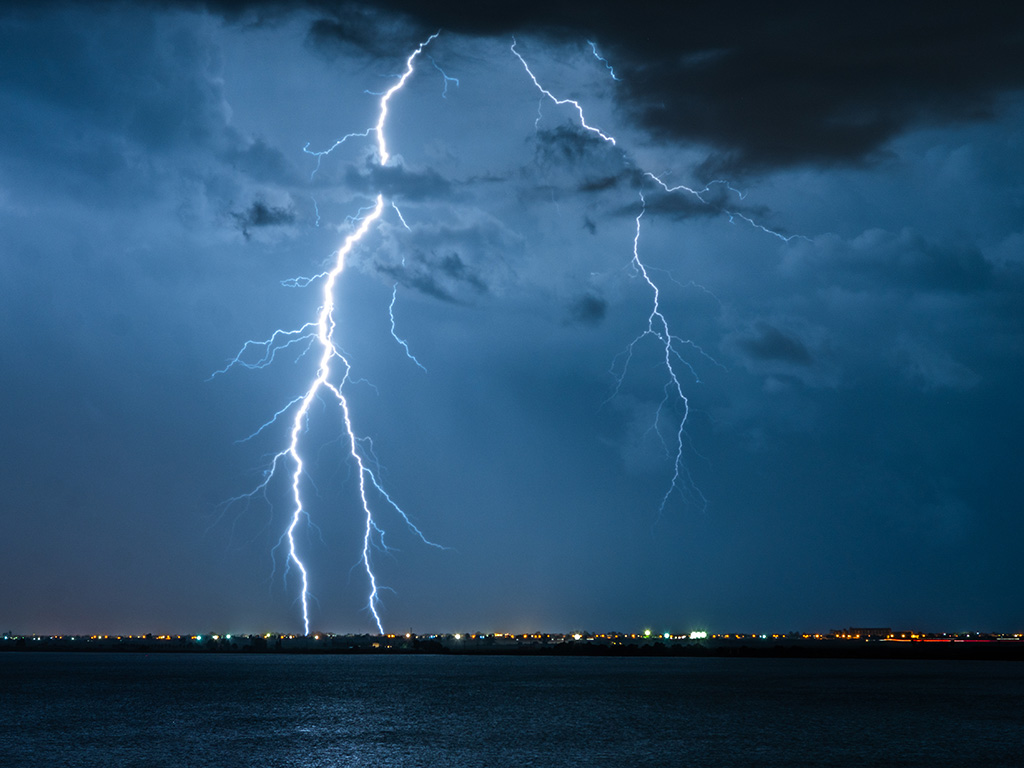
Heat lightning is not a different type of lightning; it is simply regular lightning that is too far away to hear the accompanying thunder. The term “heat lightning” is a misnomer and does not indicate any difference in the type of lightning itself.
Tornadoes Can’t Cross Rivers
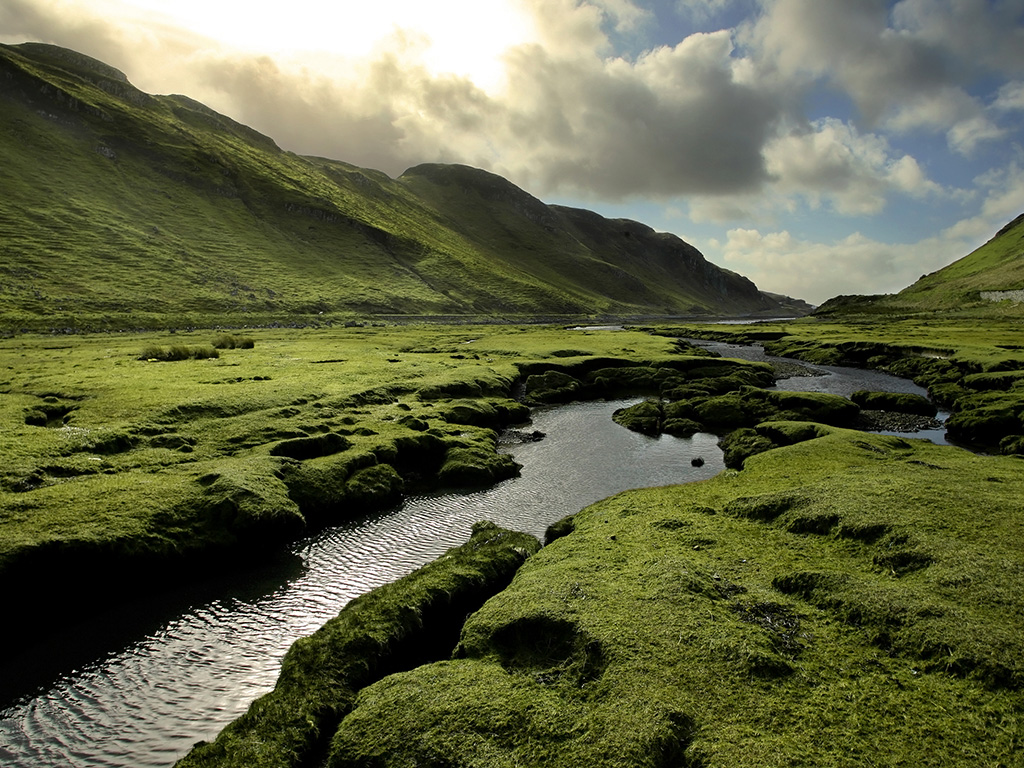
Tornadoes do not discriminate based on geographic features such as rivers or mountains. While these natural barriers may influence the path of a tornado, they do not prevent it from crossing over and causing damage on the other side.
You Lose Most of Your Body Heat Through Your Head

While it is important to keep your head warm in cold weather, the notion that you lose most of your body heat through your head is a myth. Heat loss is distributed throughout the entire body, not just from the head.
Tornadoes Always Travel Northeast
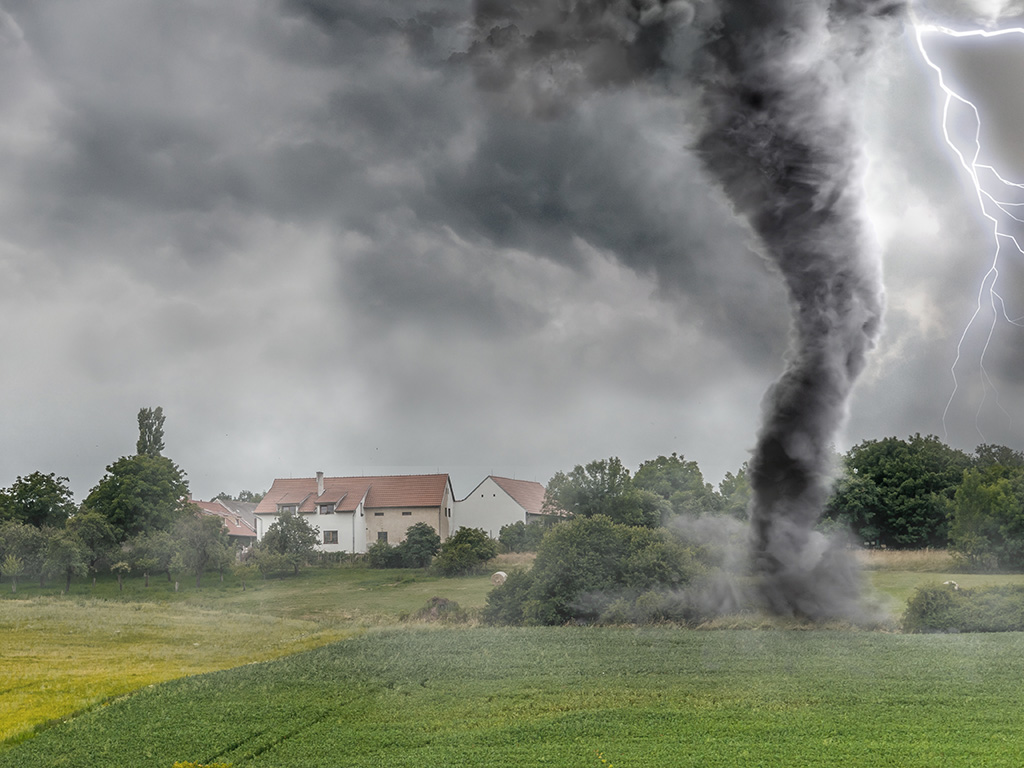
Tornadoes can move in any direction, not just northeast. Their movement is influenced by the larger weather system in which they form, and they can change direction unpredictably.
Clouds Are White Because They Reflect Sunlight

Clouds appear white because they scatter all wavelengths of light, making them appear white to our eyes. The color of a cloud can change based on the angle of the sunlight and the particles within the cloud.